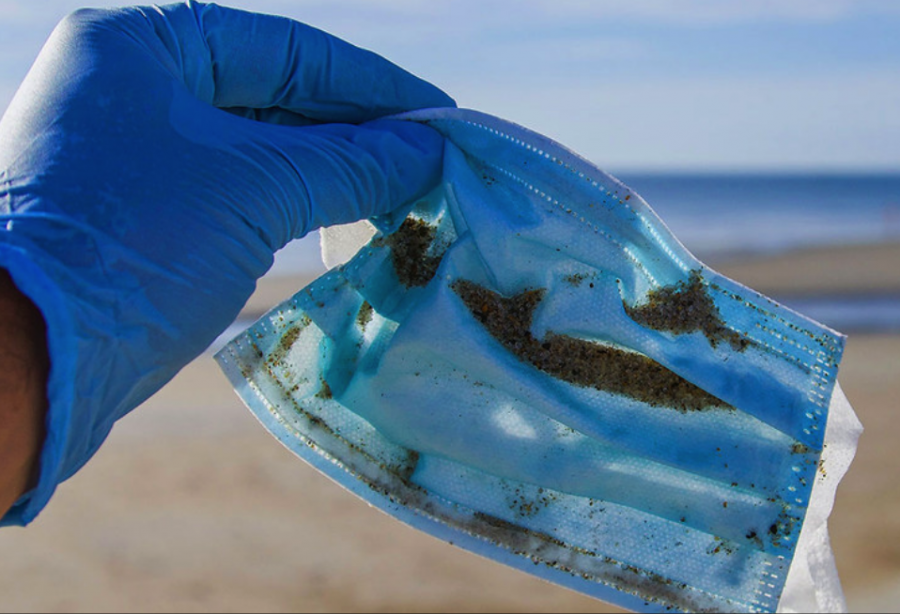COVID-19’s Impact
A face mask found during a beach cleanup.
October 24, 2020
COVID-19 was first identified in December 2019. As we are nearing the end of October, it has almost been a full year since the start of COVID. This virus has clearly caused changes within all of our lives. One example of the coronavirus drastically changing our lives is that schools went virtual, and we all had to see our peers and teachers through applications such as Zoom and Google Meet.
The EAC, or Environmental Action Club, came together to come up with some interesting facts and other impacts on our lives that you may have not known:
The WHO estimates that 89 million medical masks, 6 million examination gloves and 1.6 million goggles and face visors are needed globally every month. At the start of the outbreak, US officials estimated that the country needed 300 million face masks to deal with COVID-19.
Due to the large amount of mask sales, pollution has increased. For example, in the waters around the French Riviera, divers had to clean up masks and gloves that littered it.
According to the UN, it can be expected that around 75% of masks, as well as other pandemic-related waste, will end up in landfills, or floating in the seas.
Not only does the coronavirus affect humans, it can also affect pets. To confirm this, at the beginning of March, it was confirmed that a dog in Hong Kong contracted coronavirus from their owner. As it can affect both animals and humans, the coronavirus is also known as a zoonotic virus.


